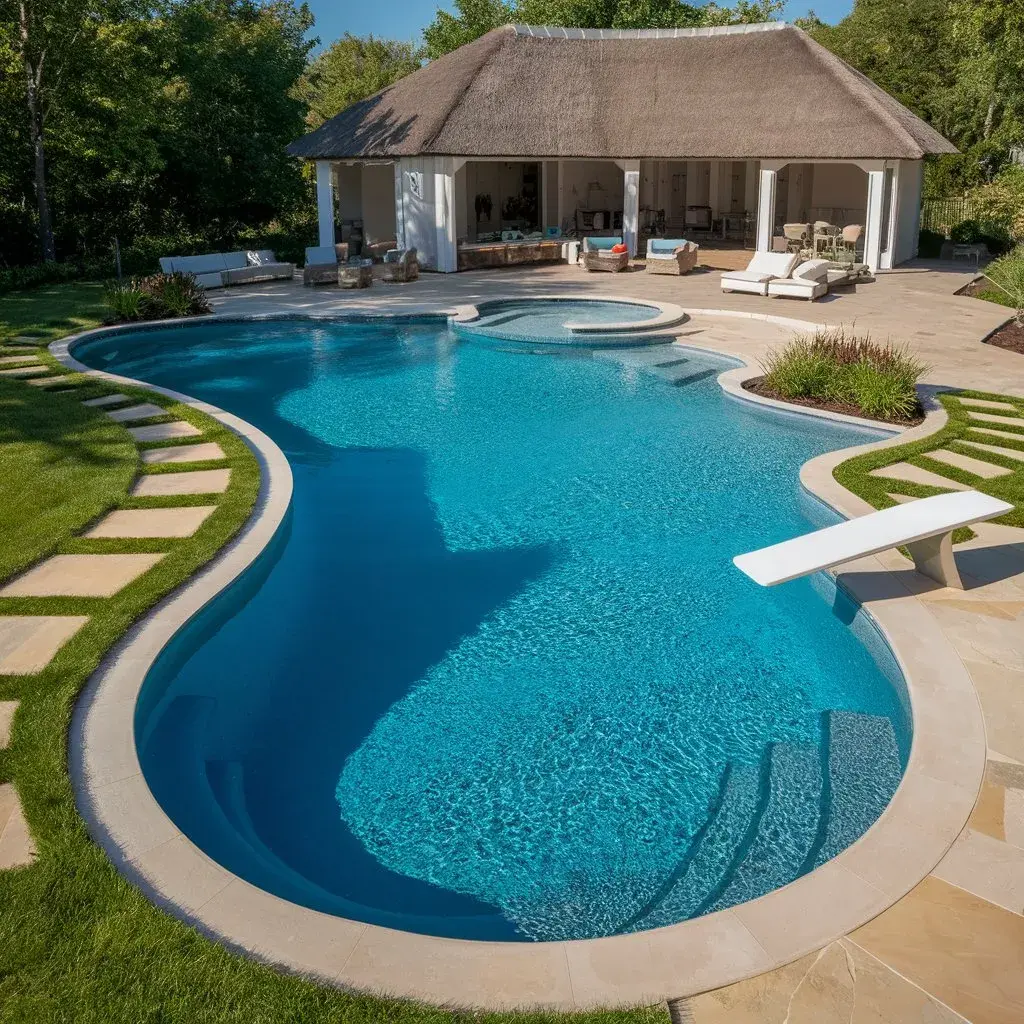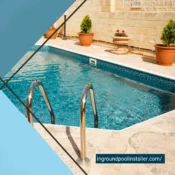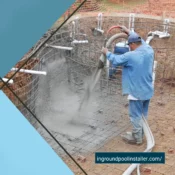Choosing the Right Depth Options for Your Inground Pool: A Comprehensive Guide

Choosing the Right Depth Options for Your Inground Pool: A Comprehensive Guide
When planning to install an inground pool, one of the most critical decisions you'll face is choosing the right depth options. This choice impacts not only the pool's functionality but also the safety and enjoyment of its users. In this comprehensive guide, we'll explore the various depth options available and provide insights into making the best decision for your inground pool.
Understanding Different Depth Options
The shallow end of an inground pool is typically between 3 to 4 feet deep. This area is perfect for families with young children or individuals who prefer to stand and socialize in the water. A shallow end provides a safe environment for kids to play and learn to swim under supervision. It's also ideal for adults who enjoy poolside activities such as water aerobics or lounging on floatation devices.
However, it's important to consider that a shallow end might not be suitable for diving or certain water sports. If your primary goal is to have a recreational area where everyone can enjoy various activities safely, incorporating a shallow end into your pool design is a must. Additionally, a graduated entry or a beach entry can be included, which gradually slopes from the deck into the pool, enhancing accessibility for all ages and abilities.
The deep end of an inground pool is generally more than 5 feet deep, with some pools reaching depths of 8 feet or more. A deep end is essential for activities like diving, cannonball jumps, and playing games that require more water depth. It's particularly appealing to teenagers and adults who are confident swimmers and enjoy a bit of adventure in the water.
When designing a pool with a deep end, safety precautions must be taken into account. Installing a diving board or slide requires ensuring the deep end is deep enough to prevent accidents. Pool owners should also consider having clear signage indicating the depth and providing swim lessons or safety instructions for all users.
In addition, maintaining a balance between shallow and deep areas in the pool is vital. This ensures the pool caters to a wide range of activities and preferences. Some pool designs feature a gradual slope from shallow to deep, while others might have a more defined separation between the two areas. This decision will largely depend on how you intend to use the pool and the preferences of those who will be using it most frequently.
Factors to Consider When Choosing Inground Pool Depth
The primary factor in determining the depth of your inground pool is how you plan to use it. For example, if the pool is intended mainly for family fun and relaxation, a larger shallow area may be preferable. On the other hand, if you want a pool that supports diving and vigorous swimming, a deeper section will be necessary.
Safety should always be a top priority when designing your pool. Consider the swimming abilities of those who will use the pool most often. Families with young children or inexperienced swimmers should prioritize a larger shallow area and incorporate safety features like non-slip surfaces, clear depth markers, and easy access points.
The size of your backyard and your budget will also influence your pool depth decisions. Deeper pools require more excavation, which can increase construction costs. Additionally, the shape and size of your pool should complement your outdoor space and meet your aesthetic preferences.
In conclusion, choosing the right depth options for your inground pool involves carefully considering how the pool will be used, prioritizing safety, and balancing practical constraints like space and budget. By thoughtfully planning the depth of your pool, you can create a versatile and enjoyable space that meets the needs of all its users.
All Categories
- Concrete
- Concrete
- Concrete pools
- Construction
- Custom Features and Add-ons
- Design
- Design
- Design
- Design & Construction
- Design and Planning
- Features & Customization
- Infinity edge
- inground pool
- inground pool builder
- inground pool installer
- Installation
- Installation Process
- Legal & Administrative
- Materials
- planning and design
- Pool Aesthetics and Customization
- Pool Design
- Pool Equipment
- Pool Features
- Pool Features
- Pool Installation Process
- Pool Materials
- Pool Materials
- Pool Types
- Project Planning
- Renovation
- Resurfacing
- top sights
- Types of Inground Pools
- Types of Inground Pools
- Types of Inground Pools
- Types of Inground Pools
- Water Treatment



